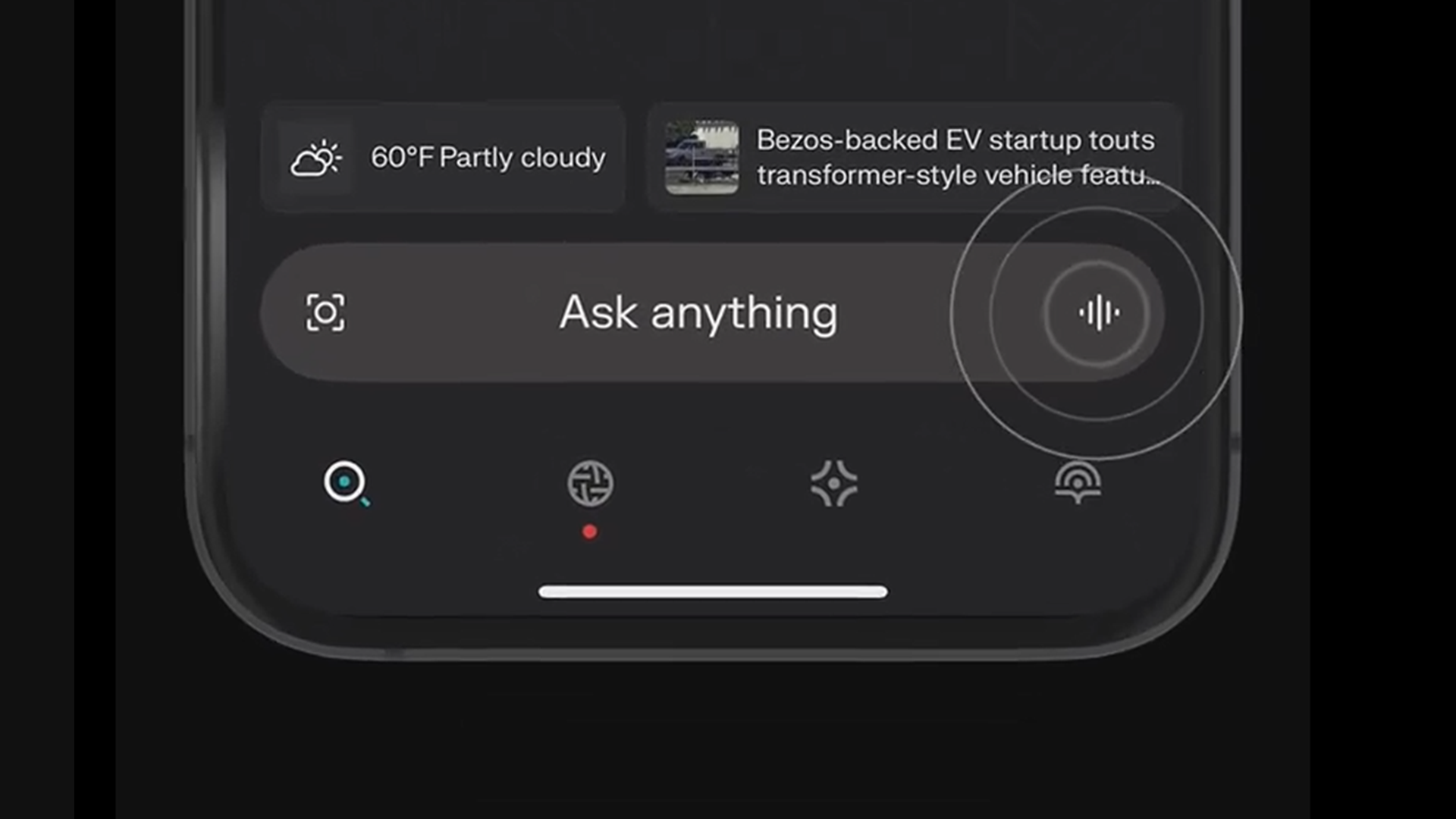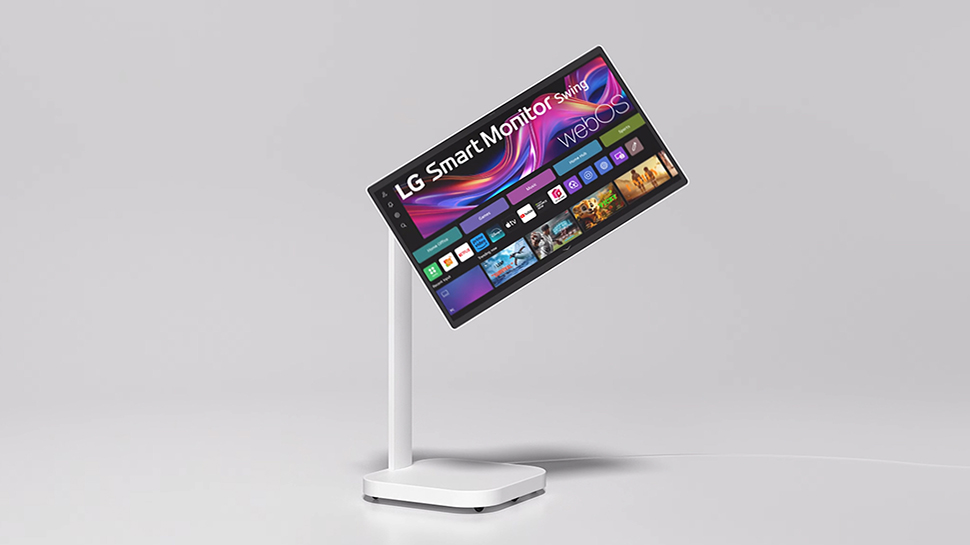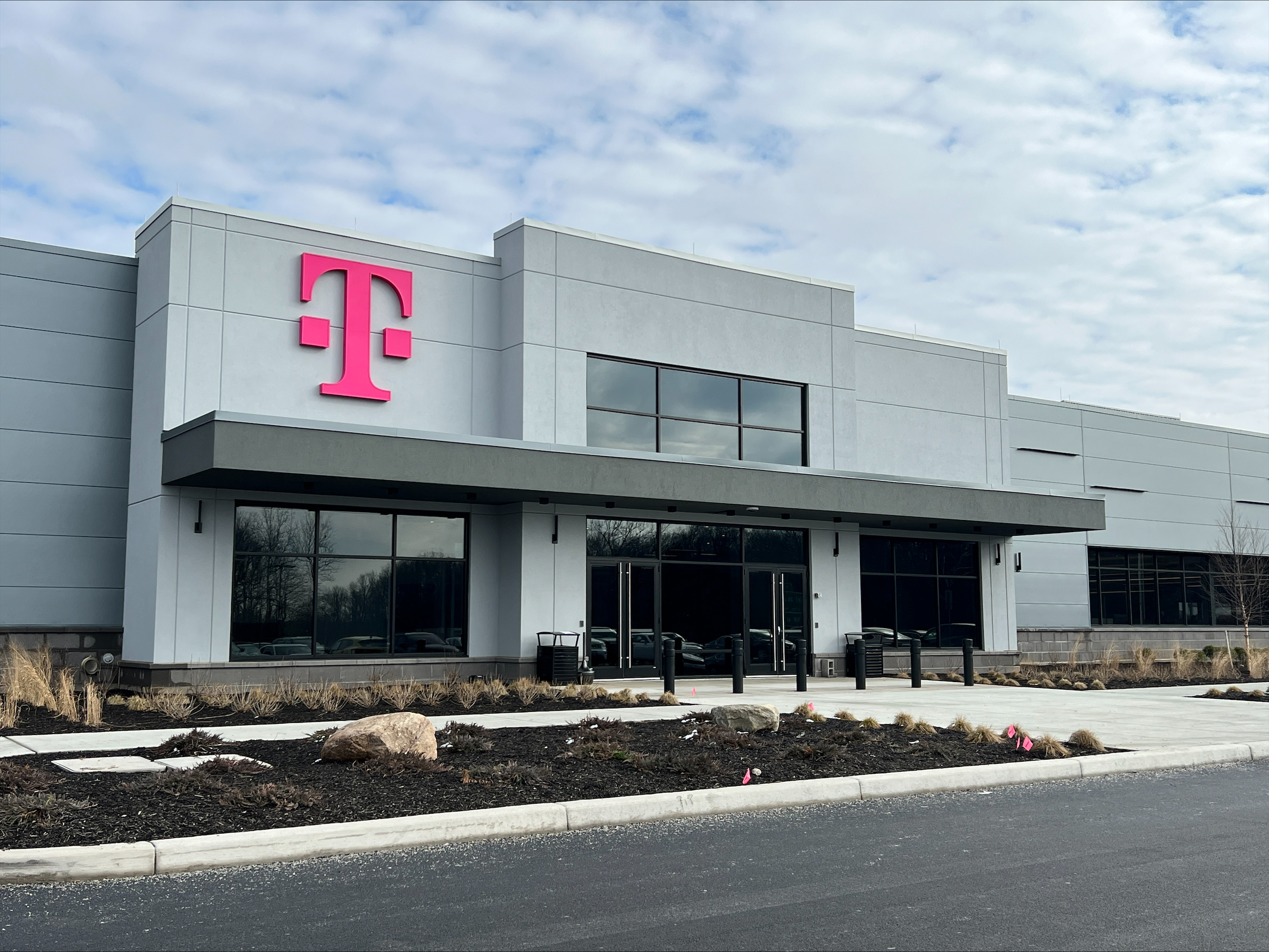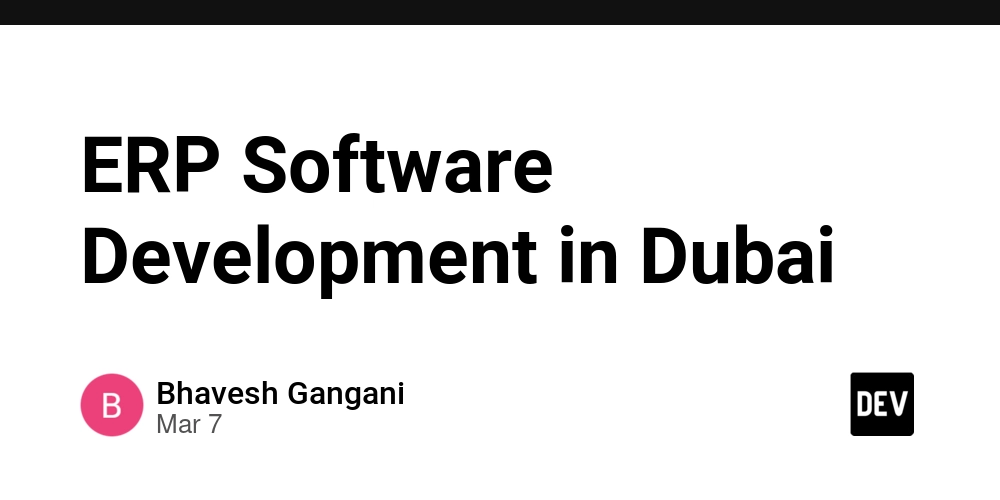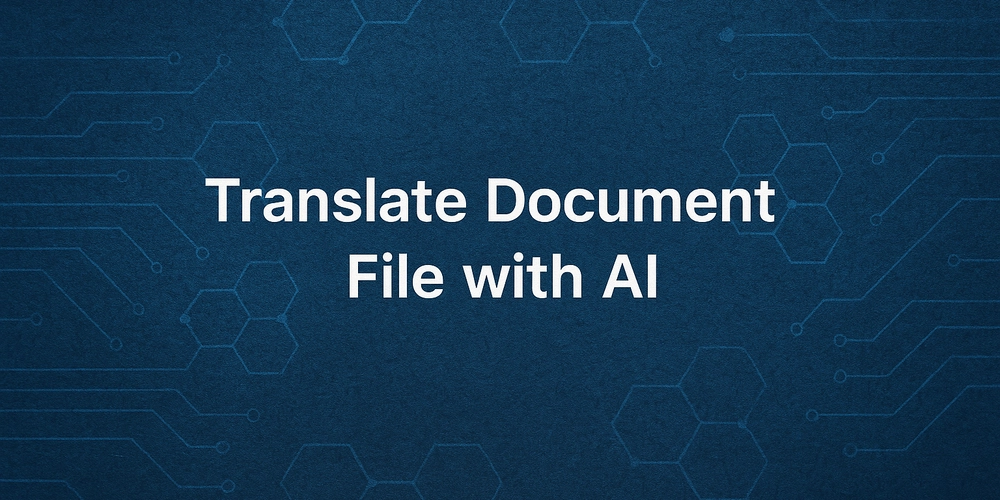Data rendering! GISBox's tiling technology supports spatial data visualization
GISBox Official Teams: https://teams.live.com/l/invite/FEAr12sInvEVy4hFQE Official Teams Group: https://teams.live.com/l/invite/FBAFp0pbqhqlpe1BQI In spatial data visualization, especially in the display of three-dimensional terrain and image data, the amount of data is very large, and the loading and rendering speed is often a bottleneck. In addition, complex spatial data can be difficult for non-experts to understand. To overcome these challenges, spatial data needs to be displayed in a clearer, faster, and more interactive way. Traditional methods cannot achieve efficient and flexible map display, but the tiling function of GISBox is an effective way to solve this problem. Basic concept of tiling function The tiling function of GISBox divides large-scale geospatial data (terrain, imagery, etc.) into small blocks (tiles) so that they can be loaded, displayed, and processed more efficiently. These tiles are usually saved in tiled formats such as WMTS and TMS, and are suitable for web maps and three-dimensional visualization scenes. In the process of tiling, GISBox automatically recognizes and processes the projection information of the spatial data. Such division processing can improve the rendering speed, significantly reduce resource consumption when loading data, and improve the user experience. Advantages of GISBox's tiling function for spatial data visualization 1) Improved rendering speed and user experience GISBox loads data efficiently by dividing spatial data into small blocks and saving them in tile format. On the web side, users can load only the tiles required for the current display range, without the need to load the entire dataset. This on-demand loading method significantly improves the rendering speed of maps and 3D scenes, allowing users to interact quickly and avoid long wait times. This improves the overall user experience. 2) Support for 3D visualization The tiling function is particularly important for 3D terrain visualization. GISBox converts high-precision terrain data (e.g. DEM, GeoTIFF) into Cesium Terrain format to support efficient 3D terrain display. Tiling allows users to interactively browse the terrain on the web side, and allows operations such as rotation, zoom, and tilt. Whether it's urban modeling, disaster simulation, or monitoring environmental changes, tiling technology greatly improves the rendering efficiency and interactivity of 3D terrain data, making spatial data visualization more intuitive and interactive. Simplified data processing flow In spatial data visualization, data processing and conversion takes a lot of time and effort. GISBox's tiling function automatically recognizes the projection information of spatial data and performs tiling smartly based on the user's needs, eliminating the need for manual configuration. Even users without specialized skills can easily complete the tiling operation, accelerating the data processing and publishing process. This efficient data processing method significantly lowers the threshold for spatial data visualization projects, allowing more users to utilize and share spatial data. Conclusion GISBox's tiling function not only improves the rendering speed and display effect of spatial data, but also enables the visualization of large-scale spatial data. By displaying complex spatial data in an intuitive and interactive way, GISBox makes it easier for non-experts to understand the geographic information behind the data, which helps support decision-making and action planning. Therefore, GISBox's tiling function plays an important role in the field of spatial data visualization.

GISBox Official Teams: https://teams.live.com/l/invite/FEAr12sInvEVy4hFQE
Official Teams Group: https://teams.live.com/l/invite/FBAFp0pbqhqlpe1BQI
In spatial data visualization, especially in the display of three-dimensional terrain and image data, the amount of data is very large, and the loading and rendering speed is often a bottleneck. In addition, complex spatial data can be difficult for non-experts to understand. To overcome these challenges, spatial data needs to be displayed in a clearer, faster, and more interactive way. Traditional methods cannot achieve efficient and flexible map display, but the tiling function of GISBox is an effective way to solve this problem.
- Basic concept of tiling function The tiling function of GISBox divides large-scale geospatial data (terrain, imagery, etc.) into small blocks (tiles) so that they can be loaded, displayed, and processed more efficiently. These tiles are usually saved in tiled formats such as WMTS and TMS, and are suitable for web maps and three-dimensional visualization scenes. In the process of tiling, GISBox automatically recognizes and processes the projection information of the spatial data. Such division processing can improve the rendering speed, significantly reduce resource consumption when loading data, and improve the user experience.
- Advantages of GISBox's tiling function for spatial data visualization 1) Improved rendering speed and user experience GISBox loads data efficiently by dividing spatial data into small blocks and saving them in tile format. On the web side, users can load only the tiles required for the current display range, without the need to load the entire dataset. This on-demand loading method significantly improves the rendering speed of maps and 3D scenes, allowing users to interact quickly and avoid long wait times. This improves the overall user experience. 2) Support for 3D visualization The tiling function is particularly important for 3D terrain visualization. GISBox converts high-precision terrain data (e.g. DEM, GeoTIFF) into Cesium Terrain format to support efficient 3D terrain display. Tiling allows users to interactively browse the terrain on the web side, and allows operations such as rotation, zoom, and tilt. Whether it's urban modeling, disaster simulation, or monitoring environmental changes, tiling technology greatly improves the rendering efficiency and interactivity of 3D terrain data, making spatial data visualization more intuitive and interactive.
- Simplified data processing flow In spatial data visualization, data processing and conversion takes a lot of time and effort. GISBox's tiling function automatically recognizes the projection information of spatial data and performs tiling smartly based on the user's needs, eliminating the need for manual configuration. Even users without specialized skills can easily complete the tiling operation, accelerating the data processing and publishing process. This efficient data processing method significantly lowers the threshold for spatial data visualization projects, allowing more users to utilize and share spatial data. Conclusion GISBox's tiling function not only improves the rendering speed and display effect of spatial data, but also enables the visualization of large-scale spatial data. By displaying complex spatial data in an intuitive and interactive way, GISBox makes it easier for non-experts to understand the geographic information behind the data, which helps support decision-making and action planning. Therefore, GISBox's tiling function plays an important role in the field of spatial data visualization.








































































































































































![[The AI Show Episode 144]: ChatGPT’s New Memory, Shopify CEO’s Leaked “AI First” Memo, Google Cloud Next Releases, o3 and o4-mini Coming Soon & Llama 4’s Rocky Launch](https://www.marketingaiinstitute.com/hubfs/ep%20144%20cover.png)


















































































































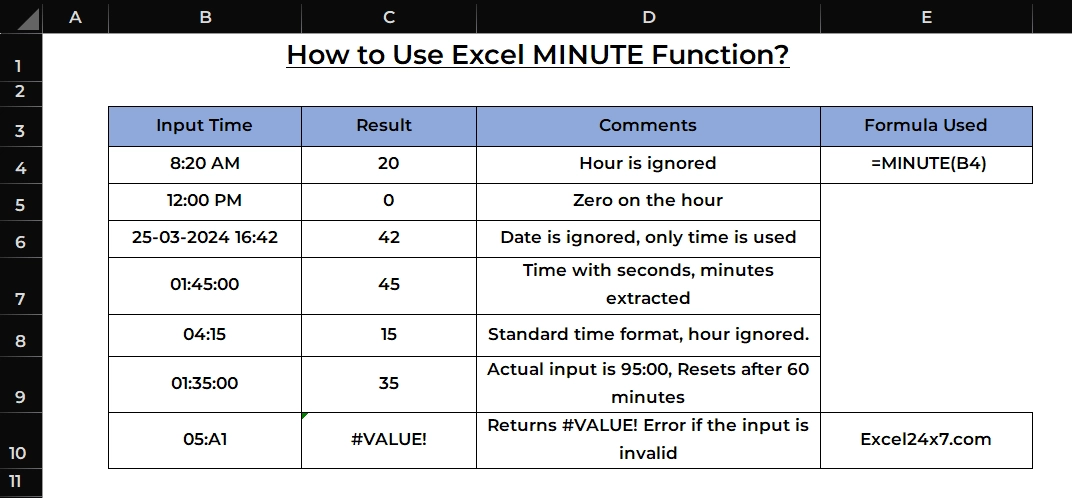
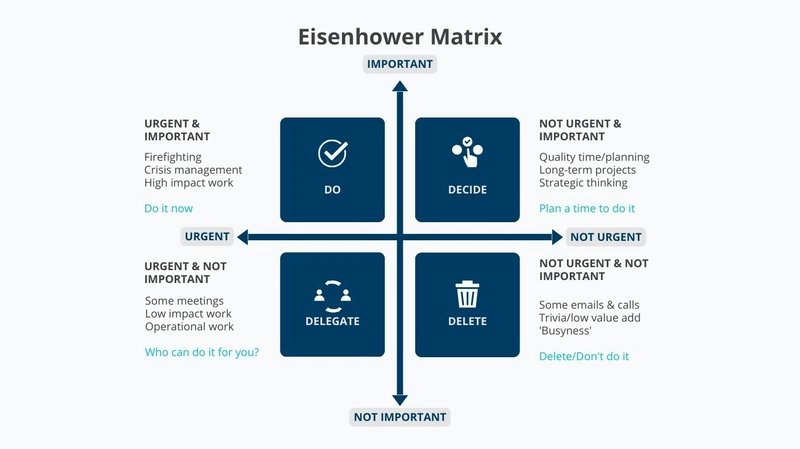


























































































































.jpg?#)










































































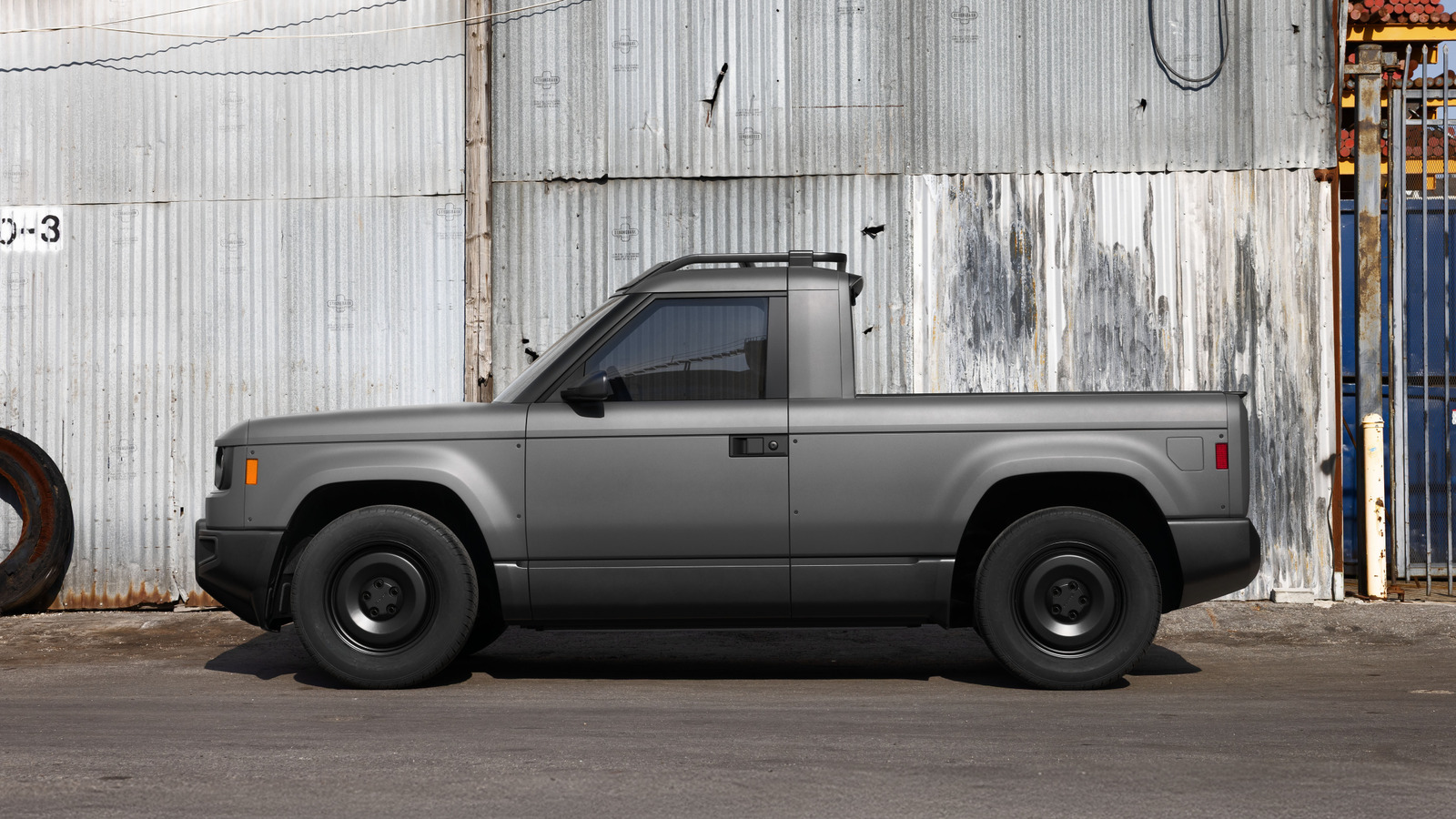







































































![Apple to Shift Robotics Unit From AI Division to Hardware Engineering [Report]](https://www.iclarified.com/images/news/97128/97128/97128-640.jpg)

![Apple Shares New Ad for iPhone 16: 'Trust Issues' [Video]](https://www.iclarified.com/images/news/97125/97125/97125-640.jpg)

















